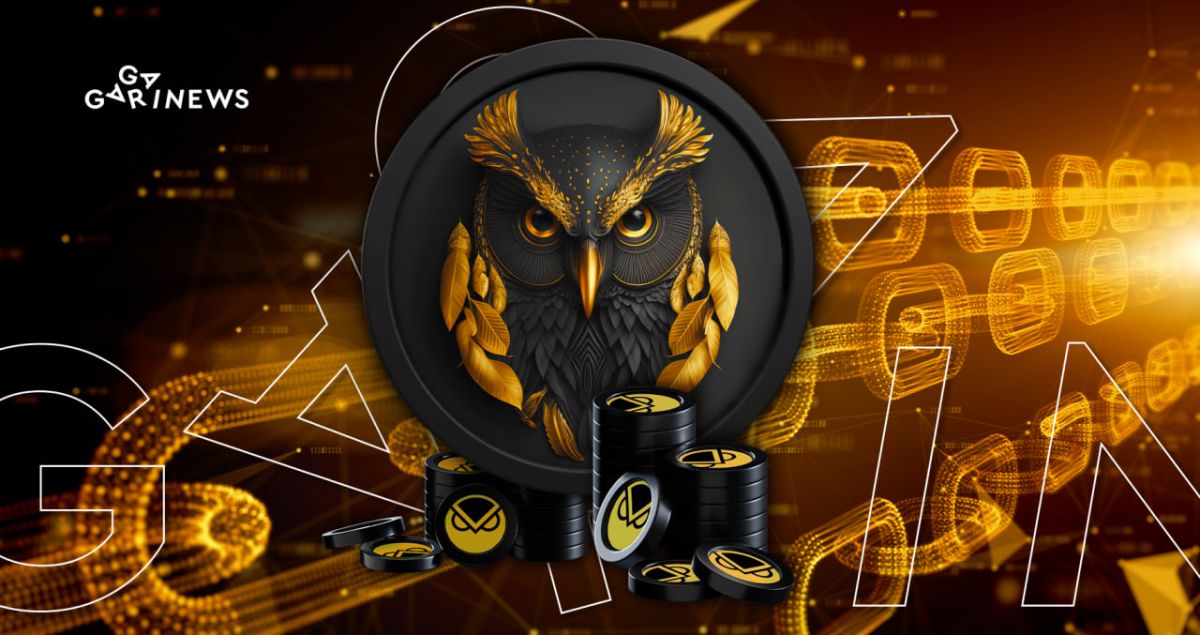GNO: the native token of the Gnosis ecosystem

GNO is the native token of the Gnosis sidechain, designed to manage its ecosystem and ensure network security through staking. The project is governed by decentralized autonomous organization GnosisDAO.
On this page
The useful functions of the GNO token incentivize holders to keep it rather than sell it, maintaining a constant demand for the coins that remain in circulation.
GNO was listed in 2017, raising 250,000 ETH ($12.5 million at the time). During the initial distribution, about 4% of the maximum supply of 3 million coins was released. According to CoinMarketCap, there are currently 2.5 million GNO tokens in circulation with a market capitalization of $286.5 million. The current price of the asset fluctuates in the range of $100-120.
What is Gnosis Chain?
Gnosis Chain is one of the first Ethereum sidechains that offers the framework for building Web3 products. It is a separate blockchain that is compatible with Ethereum. Gnosis Chain utilizes the Ethereum virtual machine to execute smart contracts.
Developers who use Gnosis Chain to deploy their decentralized applications don't need to work on a new codebase since the sidechain relies on Ethereum's computational environment. All that is required is to launch the Solidity smart contract programming language, which serves as the foundation for all dApps running on Ethereum.
Below are some projects that have emerged from Gnosis:
- Gnosis Safe (a decentralized crypto wallet and asset management platform);
- Proof of Attendance Protocol (a platform for non-fungible tokens used as event tickets);
- Dark Forest (a decentralized online strategy game);
- Cow Protocol (a DEX data aggregator and crypto trading platform that finds the best prices for order execution).
Gnosis Network offers the main benefits of Ethereum sidechains – it is decentralized, provides low fees, fast block times, and carbon neutrality. In addition to the GNO token, the network also supports the xDai coin, which is used for transaction fees.
Gnosis website homepage
What is the staking mechanism of Gnosis Chain?
With the transition of Ethereum to the Proof-of-Stake consensus algorithm, its sidechain also inherited this mechanism. To validate and confirm transactions on Gnosis Chain, one needs to run a node and stake at least 1 GNO.
To make Gnosis Chain as similar to Ethereum as possible, each native token is transformed into 32 mGNO, a meta-token designed for staking that works similarly to wrapped brothers.
Gnosis Chain boasts an impressive network of over 100,000 validators. The company strives for node diversity to confirm transactions, ensuring that each country has at least one such computer node. Validators can look forward to an annual yield of 15.98%, as stated on the company's website.
How does Gnosis DAO work?
GnosisDAO is the governing body responsible for managing processes within the Gnosis ecosystem. They oversee innovations, company development direction, deals, and partnerships. Joining the decentralized autonomous organization is as simple as holding at least 1 GNO in your wallet. However, the more tokens a user holds, the more influential their vote becomes.
All GNO owners can submit proposals for community discussion. To be considered a valid Gnosis Improvement Proposal (GIP), a proposal must go through three stages:
- A post should be created on the Gnosis Forum in the Governance> GIP category;
- Then drafting the proposal and conducting a poll, where DAO members vote for or against the initiative for a period of 7 days;
- The proposal must receive a majority of positive votes to be accepted.
One recent poll on the platform was titled “Should Gnosis partner with DAOhaus?”
The Gnosis ecosystem is also supported by a treasury managed by the community, with the aim of guaranteeing the sustainable growth and refinement of the project. The treasury currently holds an impressive amount of over 150,000 ETH.
The rise of Gnosis
Gnosis was founded in 2015 by Martin Köppelmann and Stefan George as part of the ConsenSys blockchain project, serving as a platform for the cryptocurrency prediction market. In 2017, Gnosis became an independent company and conducted its initial token offering for GNO.
In 2020, the GnosisDAO was established, and in 2021, it decided to merge with the xDAI project to collaborate on the development of Gnosis Chain. The project's developers plan to expand the use cases of the sidechain and make it an experimental environment for Ethereum functions in the future.
The content on The Coinomist is for informational purposes only and should not be interpreted as financial advice. While we strive to provide accurate and up-to-date information, we do not guarantee the accuracy, completeness, or reliability of any content. Neither we accept liability for any errors or omissions in the information provided or for any financial losses incurred as a result of relying on this information. Actions based on this content are at your own risk. Always do your own research and consult a professional. See our Terms, Privacy Policy, and Disclaimers for more details.



























